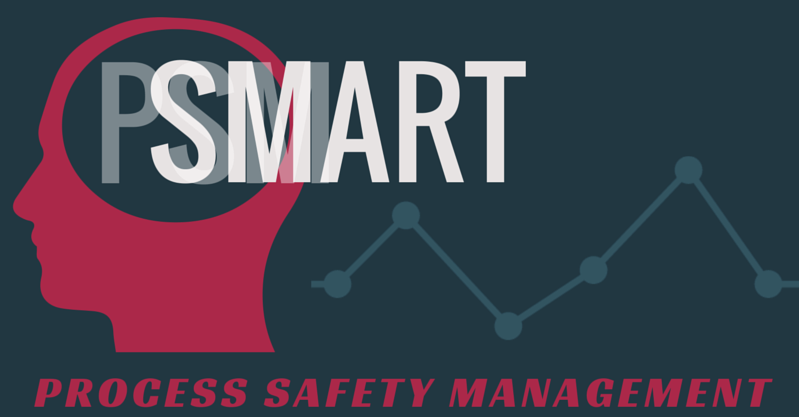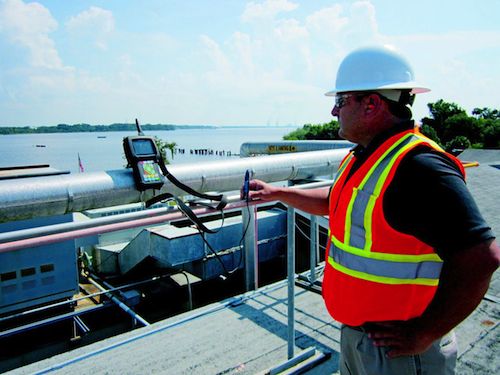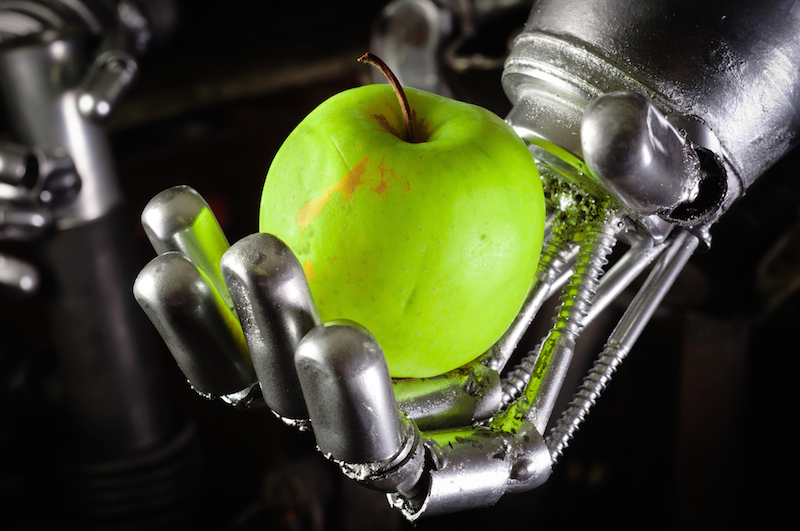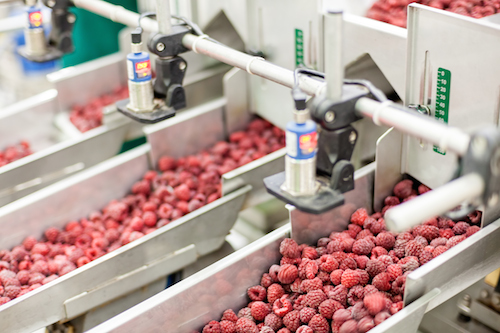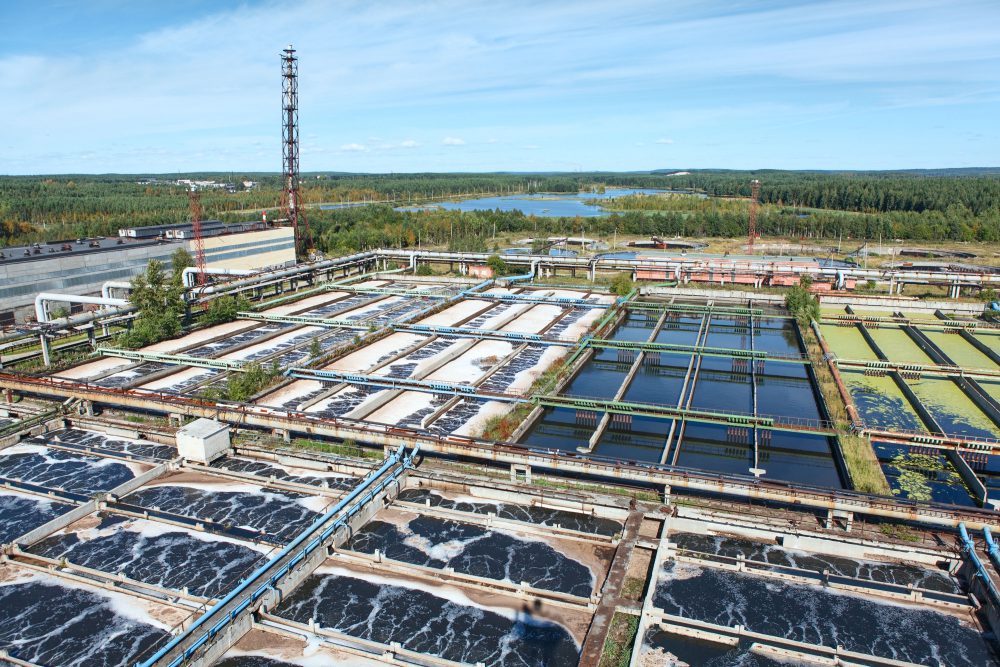8 Ways to Prevent, Respond to Food Manufacturing Plant Explosions
If your food processing or beverage plant houses an ammonia refrigeration system, an explosion is your worst nightmare. Because your facility is at risk for this type of emergency, it’s imperative to understand both the proactive and reactive measures you must take in the event of an explosion. Continue Reading “8 Ways to Prevent, Respond to Food Manufacturing Plant Explosions”





